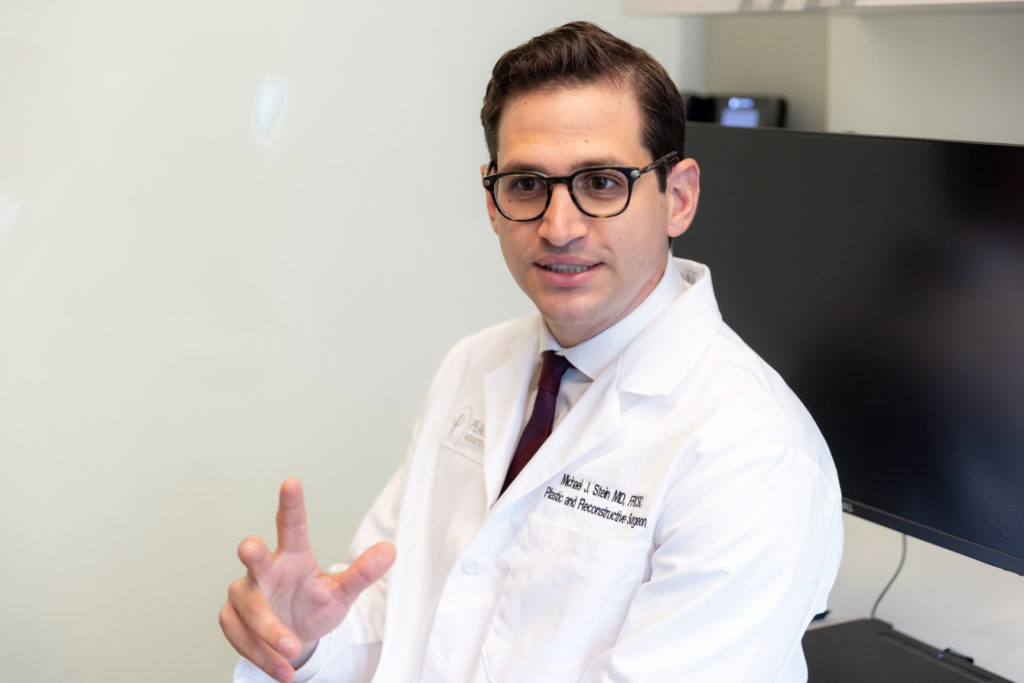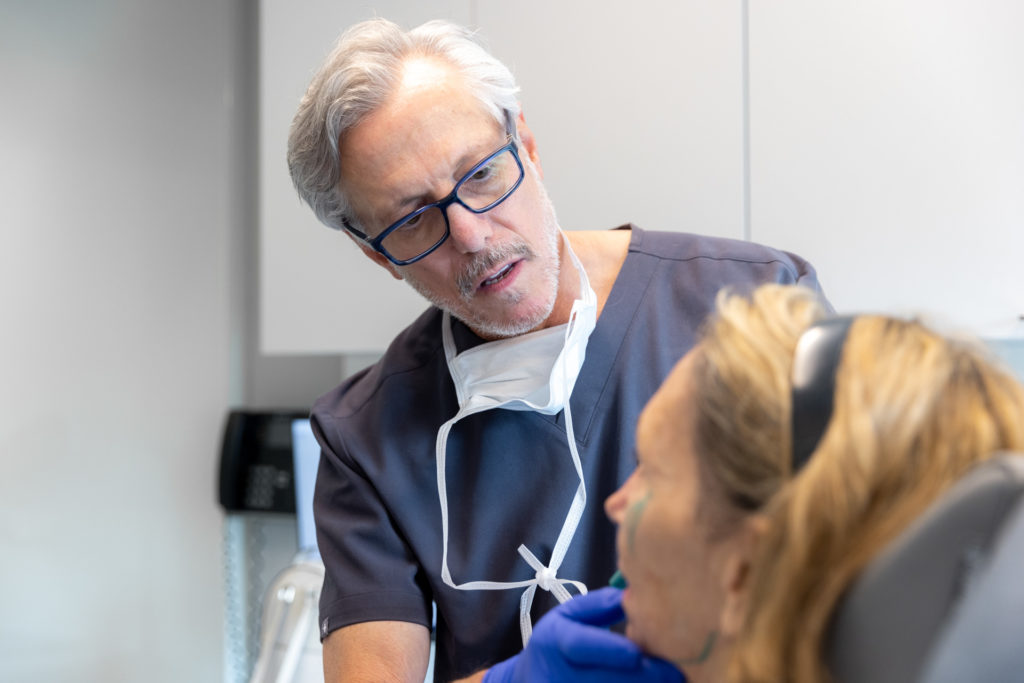
MULTISPECIALITY FOUNDATION FOR FACIAL PLASTIC SURGERY 6TH ANNUAL UPDATES MEETING JULY 2010
New York, NY. I had the privilege of attending, lecturing at and moderating the afternoon session on Rhinoplasty at the 6th annual meeting of the Multi-Specialty Foundation on Facial Rejuvenation in Las Vegas last month. This meeting was organized by Drs. Randy Waldman and Eddie Cortez with over 800 cosmetic surgeons in attendance. The first day was devoted to advanced techniques in rhinoplasty. Many of the most well respected teachers of rhinoplasty were on the program from around the country as well as Europe and Asia. It is humbling to see these experts demonstrate nuances they have picked up and wish to share with colleagues. Given the opportunity to sit on a panel with these surgeons as well as discuss techniques off the podium, in the halls, at dinner and on the run is always enlightening.
I presented two lectures. The first was entitled, “What Makes a Nose Look Fixed,” where I explored the main reasons patients come in for a consultation feeling that their noses appear “done” or look as if they had a nose job. In this lecture I explained how and why this happens, tips on how to avoid it in the first place and how I fix these specific issues.
My second lecture was a summary of a study I conducted last year and soon to publish in the Archives of Facial Plastic Surgery. I surveyed 100 consecutive patients seen in consultation for revision rhinoplasty and reported the top concerns they had and the reasons they sought revision surgery. This was a unique study since it was looking at revision rhinoplasty from a fresh perspective: the patient’s point of view.
Some new principles that I picked up at this meeting are, first, that I am doing things right. I acquired a few tips on the best way to use sutures to either curve or straighten cartilage. Also, that the European surgeons tend to like larger noses than their American counterparts.
Among the seasoned experts were Drs. William Silver, Ronald Gruber, Robert Simons, Russell Kridel, Shan Baker and Gaylon McCollough. My peers and colleagues included Drs. Jonathan Sykes, Steven Dayan, Paul Nassif, Rick Davis, Phil Miller, Fred Fedok, Minas Constantinides and Jay Calvert. From Europe and Asia, there were the following leading authorities: Drs. Wolfgang Gubish, Patrick Tonnard, Pietro Palma and Woffles Wu.
In summary, rhinoplasty is a complex procedure. Even the most accomplished nose surgeons still exchange ideas and learn new techniques from their colleagues. Steven J. Pearlman, M.D., F.A.C.S.




